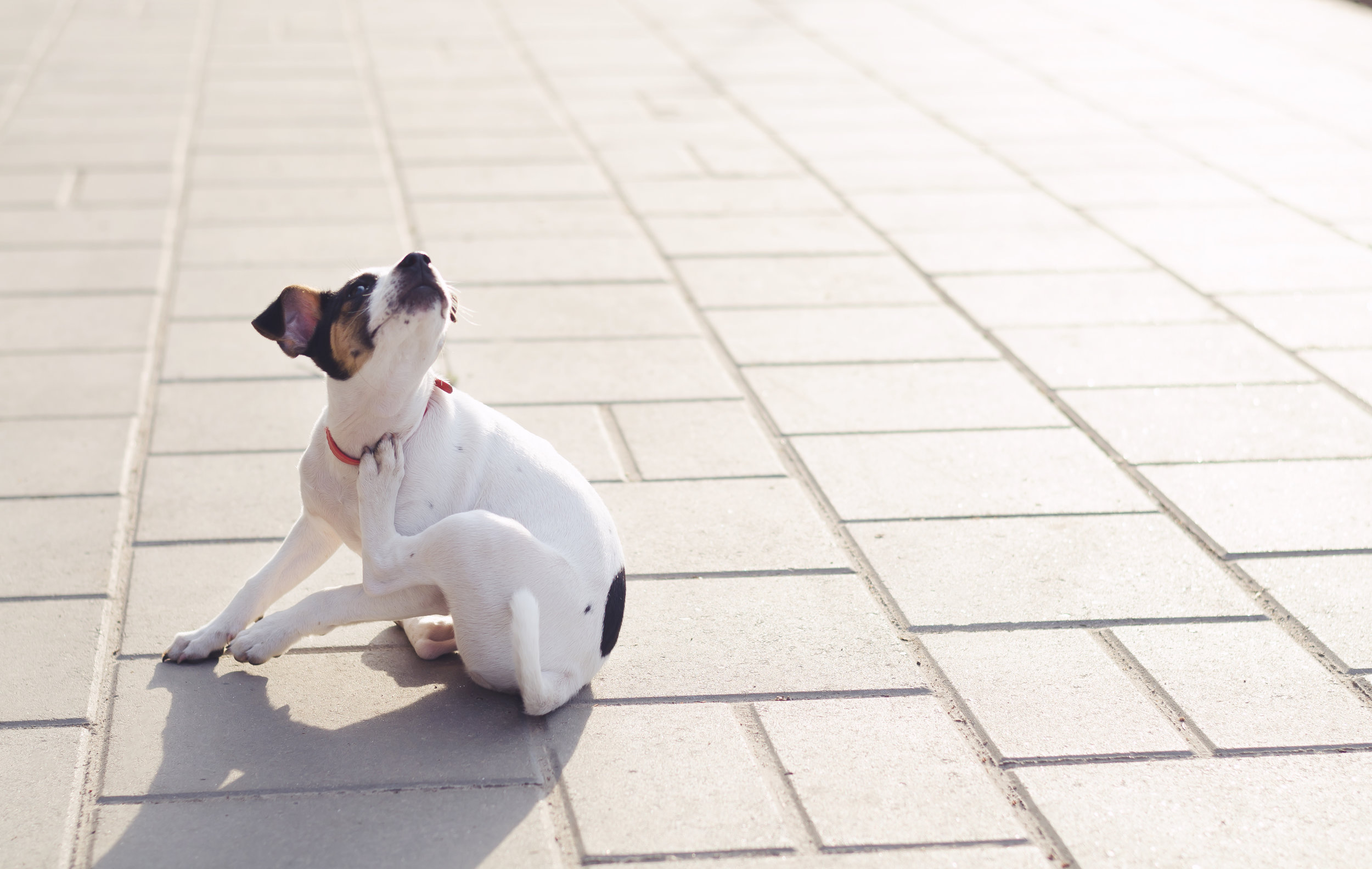Sleep is a surprisingly difficult thing to master for many people - and dogs, too. Sometimes, you may find that your dog is restless when they should be laying down for bedtime. This insomnia can manifest itself with other destructive behaviors, like chewing on forbidden items, random barking, digging, and so on. Instead of becoming frustrated with your dog over this destruction, it’s best to attack the issue at the source.
Lack of sleep can be an issue for dogs of all ages. Here are a few tips that might help your dog - and you - grab a couple extra z’s:
Try crate training. How is it that the smallest of dogs seem to take up the largest amount of space in a bed? You might want to let your dog share your bed with you, but if you have a varying sleep schedule or toss and turn a lot, that might be one of the things keeping your dog awake at night. Crate training is one of the best ways to help your dog set a schedule, give them a safe, happy space of their own, and reinforce boundaries. When your dog has adapted to their schedule, then you can try bringing them to your bed again.
Make sure their other activities are on a schedule. Dogs respond well to routines! There’s a good chance your dog might not be able to sleep if the rest of their daily schedule is off kilter. Do your best to set their feeding, walking, and bathroom time on a schedule, and do the same with their sleep. Once they adjust, they’ll be ready for sleep time when it comes.
Give them plenty of exercise time during the day. There’s no better sleep than a sleep after a long, exhausting day - and the same goes for your dog. Your dog needs plenty of quality exercise during the day, whether that comes from playing fetch, going on walks, swimming, or some other activity. Going without this exercise can leave them frustrated and hyperactive at night.
Providing your dog with a quality diet is another way to make sure they’re sleeping well and staying happy. A diet rich in proteins and vital nutrients helps ensure their digestive system is working the way it needs to be while supporting all their other internal systems. To learn more or to get your dog started on a quality human-grade diet, browse through our website today.





